A panpipe dance performance by the Mong people in Ban Tat village, Na Hau commune, Van Yen district, Yen Bai province. (Photo: Viet Dung/VNA)
Recently, Minister of Culture, Sports and Tourism Nguyen Van Hung signed Decision No. 1401/QD-BVHTTDL on announcing the List of National Intangible Cultural Heritage.
Accordingly, the panpipe art of the Mong people in Mu Cang Chai, Tram Tau and Van Chan districts, Yen Bai province, was included in the National List of Intangible Cultural Heritage in the form of folk performing arts.
The Mong ethnic group in Yen Bai accounts for 8.1% of the population of Yen Bai province, residing in 40 communes in 5 districts: Mu Cang Chai, Tram Tau, Van Chan, Van Yen, Tran Yen and Luc Yen.
The story goes: “Once upon a time, there was a family whose parents died early, leaving behind six brothers. They made a panpipe with six holes and six parts so that the six brothers could play it together. Every day they went to work in the fields, and in the evening the brothers gathered together and brought out the panpipe to play.
The sound of the flute was deep and soulful, and every night the villagers came to listen to the flute playing very happily. Of the six brothers, one was killed by the enemy, one joined the army to fight the enemy, and one was exiled. The youngest brother had no home and lived with his uncle. Without the sound of the flute, the area was quiet and lonely. Without his brothers, the youngest brother could not play the flute. The youngest brother immediately came up with an idea to combine all five details into one flute, and that flute has been passed down to this day.”
At the market, Mong boys and girls flock down from the high mountains. Some walk, some ride horses, no one tells anyone but everyone has a panpipe on their shoulder. They go to the market to remember, to love, to express their love, to call out and beside the pot of thang co with the strong aroma of corn wine from the leaves, the boys hold the panpipes to blow, bend down and dance around the girls….
If a couple likes each other, they hold hands and disappear into the mountains and forests. The Hmong flute can be likened to a treasure passed down to future generations, becoming an indispensable part of the Hmong culture. The sound of the flute permeates every fiber of the Hmong people, as familiar as men men and corn wine.
Every Mong man has a panpipe on his shoulder when going to the fields or to the market. The sound of the panpipe is high and sharp, like a reproach, like anger, like an invitation… and is as strong as the breath of life of the Mong people. Because, if they were not strong, the Mong people would hardly be able to survive the harshness of the high mountains full of rocks, sun and cold wind… The sound of the panpipe also carries within it a seductive magic, echoing and passionate in the mysterious mountains and forests but very close to people.
To make a satisfactory panpipe requires many steps. The panpipe is crafted from wood and 6 bamboo tubes of different sizes, long and short. The 6 bamboo tubes symbolize 6 brothers gathered on the same panpipe, arranged skillfully, parallel on the body of the panpipe.
The reed is made of metal. The reed is made of thinly-crushed copper. The sound of the reed is called "resonance". The reed with large wax beads on the top has a low pitch, the reed with small wax beads on the top has a high pitch. To make a satisfactory reed requires many stages and meticulous craftsmanship.
Artisan making Mong panpipes Thao Cang Sua in Sang Nhu village, Mo De commune, Mu Cang Chai district, Yen Bai province. (Photo: Tuan Anh/VNA)
Normally, the Mong people often choose coins or bullet shells (made of copper) to make reeds. They sit by the stream, choose smooth, rough stones, and grind them by hand under water until they produce the right sound. The right reed depends on the length and thickness of the bamboo tube. The body of the reed is selected from pine wood growing on high mountains.
The wooden stick is dried to remove all the essential oils and resins, then heated over a fire, then dried for at least 2-3 months on the stove to absorb the smoke. The Hmong pipe has 6 tubes: the longest tube is 100cm, the second tube is 93cm, the third tube is 83cm, the fourth tube is 77cm, the fifth tube is 72cm and the sixth tube is 54cm.
To find and make a Mong pipe that is round, thick, flexible, hard to break, hard to flatten, the young men have to go deep into the forest with rocky mountains, usually they go 3-5 days, sometimes months to find a satisfactory bamboo pipe. The bamboo pipe must not be too old or too young.
The bamboo is dried in the sun and shade for at least 2-3 months. When taken out to be processed, they must wipe it with lemon juice or fermented rice to restore the natural golden color of the bamboo. The band around the tube is made of hemp rope. The hemp rope is dried on the kitchen shelf, soaked in water to make it soft and supple, no different from leather, but has the advantage of being soft and thin, easy to tie knots. The color of the black-brown hemp rope stands out against the golden bamboo and ivory wood.
Nowadays, with the development and integration of cultures, ethnic musical instruments of ethnic minorities not only play a role as a private item in families but also become a very popular tourist product.
The Mong flutes are sold in highland markets, product display and introduction booths. Some Mong families in Tram Tau, Mu Cang Chai make flutes to sell to increase their income. From these factors, many unique ethnic musical instruments have become means of cultural exchange such as the nose flute of the Xa Pho ethnic group, Mong flutes, be flutes, pi pap, pi lo, pi thiu (Thai ethnic group), which have been a bridge between ethnic groups in competitions and mass art performances at all levels, while adding beauty to a community culture imbued with the national identity of Vietnam.
The art of the Mong people's panpipes. (Photo: Duc Tuong/VNA)
Nowadays, Mu Cang Chai, Tram Tau, Van Chan districts not only conquer tourists by the beauty of natural scenery, but also attract by the cultural colors of the Mong, Dao, Tay, Thai ethnic groups.... In particular, the unique melodies of the Mong panpipe are a typical traditional cultural feature and an indispensable musical instrument in the life of the Mong people here.
The Mong people call the sound of the panpipe Krenh. The Mong panpipe is a multi-tone musical instrument, the sound of the mountains and forests. The Mong panpipe is used in a variety of situations such as during festivals, New Year, congratulations, welcoming guests... The sound of the panpipe echoes, sometimes clear, sometimes soft and gentle. The Mong people use the panpipe in traditional holidays, to accompany people singing folk songs, sometimes to set the rhythm for strong dances, used on happy days.
In particular, the sound of the panpipe has become a dating melody, a means of sending love messages for many young men and women. Any Mong man who knows how to hold a knife or a hoe to work in the fields, also knows how to play the panpipe. For them, learning to play the panpipe is not only a way to entertain themselves, but also a way to show off their talent, a bridge for them to find a suitable life partner.
The sound of the Khen is the soul of the Mong people, preserving the Khen is preserving the identity of the nation. Over the years, the art of the Khen of the Mong people has always been of interest to Yen Bai province to preserve and restore in order to promote the cultural identity of the Mong people.
To preserve and promote the traditional values of the Mong flute, Mu Cang Chai, Tram Tau and Van Chan districts have restored many festivals with the presence of the flute, and included flute dancing and traditional leaf blowing in extracurricular classes so that students can learn and become interested in traditional musical instruments.
The art of the panpipe of the Mong people in Yen Bai becoming a National Intangible Cultural Heritage further affirms the traditional cultural value of the panpipe in the daily life of the Mong ethnic community, contributing to honoring the heritage and becoming a unique tourism product in the western districts of the province.
Source link


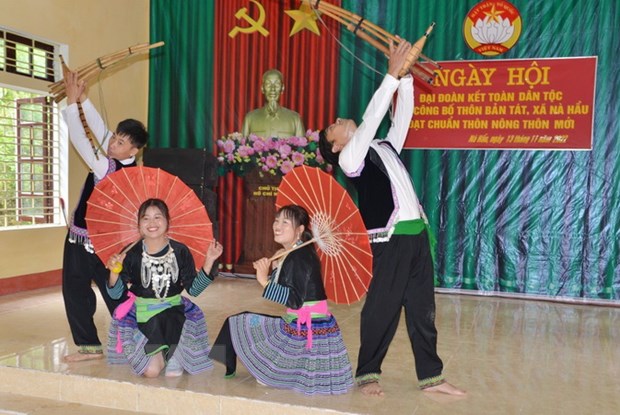
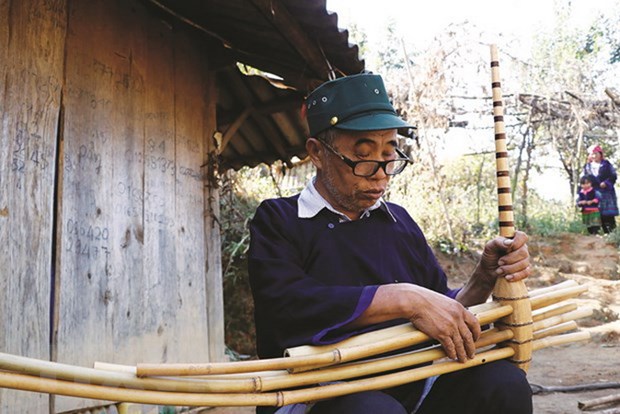
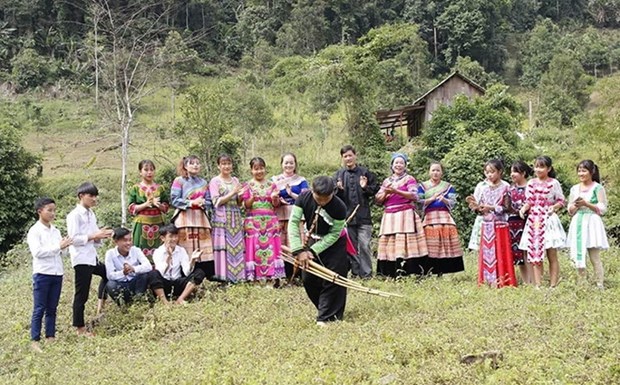










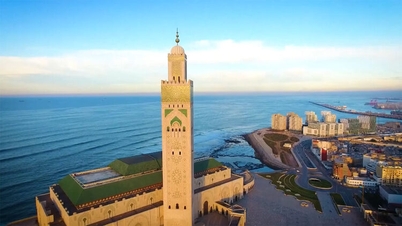
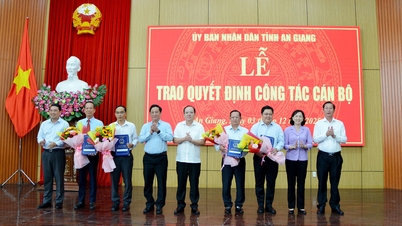










![[Photo] Parade to celebrate the 50th anniversary of Laos' National Day](/_next/image?url=https%3A%2F%2Fvphoto.vietnam.vn%2Fthumb%2F1200x675%2Fvietnam%2Fresource%2FIMAGE%2F2025%2F12%2F02%2F1764691918289_ndo_br_0-jpg.webp&w=3840&q=75)
![[Photo] Worshiping the Tuyet Son statue - a nearly 400-year-old treasure at Keo Pagoda](/_next/image?url=https%3A%2F%2Fvphoto.vietnam.vn%2Fthumb%2F1200x675%2Fvietnam%2Fresource%2FIMAGE%2F2025%2F12%2F02%2F1764679323086_ndo_br_tempimageomw0hi-4884-jpg.webp&w=3840&q=75)
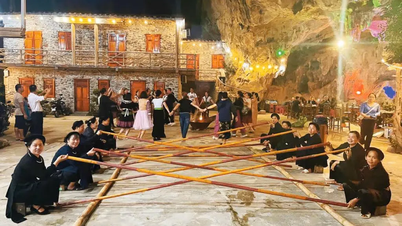



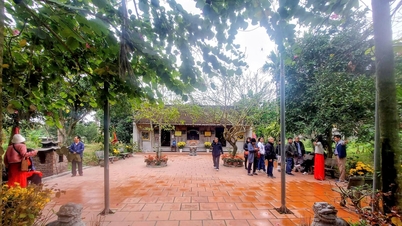

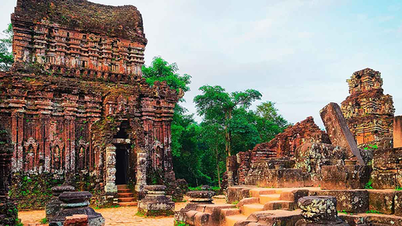



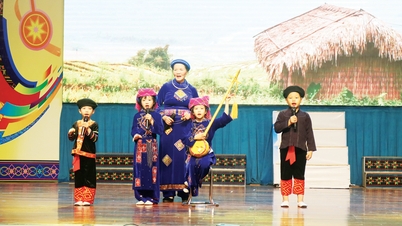








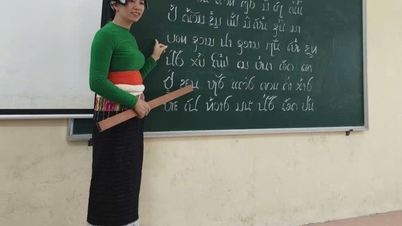

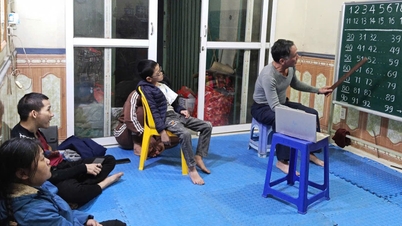

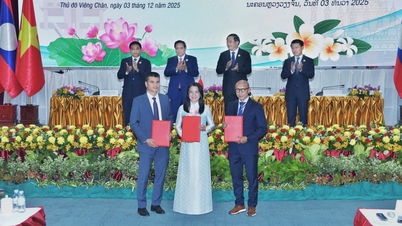

































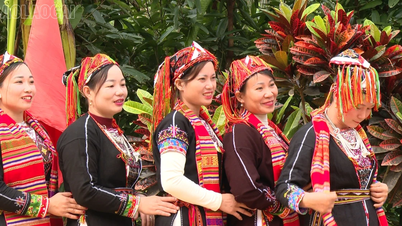

















Comment (0)